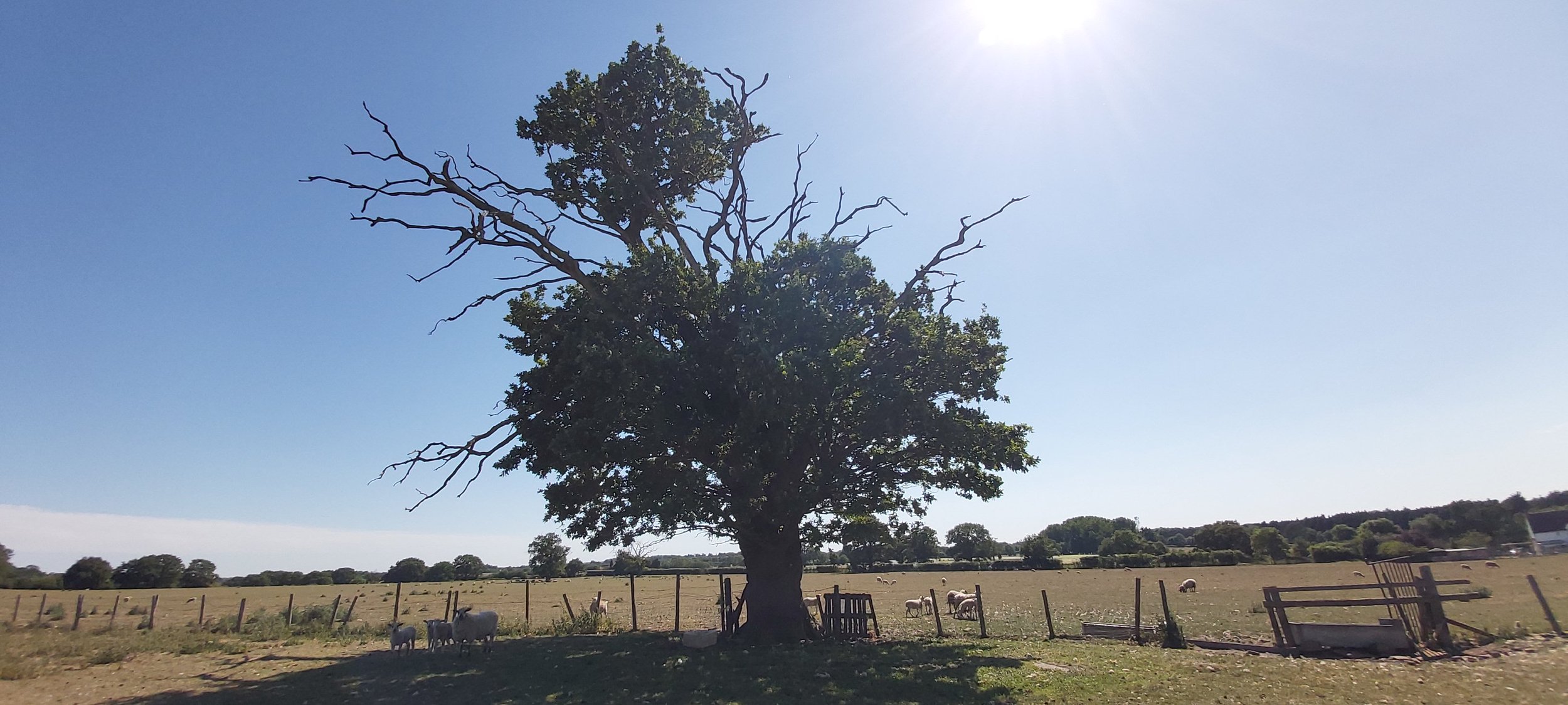In the Arboricultral team here at Wharton, we talk a lot about the care of Ancient and Veteran Trees, but do you know the difference? We got our resident expert on the subject James to explain…
What is an Ancient Tree?
Ancient trees have surpassed maturity and are old in comparison to other trees of the same species. They mostly have large diameter trunks and are likely to be hollow. Retrenchment of the canopy will have reduced its upward growth. Although these trees are in the final stage of their life they are very much alive and can carry on ageing for centuries.
‘The Old Man of Calke’ is thought to be over 1200 years old and is a true ancient tree.
Did you know?
Ancient trees are among the oldest and most complex organisms on the planet. These wonders of nature are the select few that have survived the test of time, through human advancement, changing climatic conditions and extreme weather events.
What is a Veteran Tree?
Veteran trees display certain features such as wounds or decay that offer habitats for other species like fungi and wood-boring insects. Ancient trees may be veterans but not all veterans are ancient, as these traits may have developed due to environmental incidents rather than time.
This photo highlights an example of veteran tree with crown retrenchment and deadwood habitat.
Ancient trees are biological miracles. The range of species they support during life and death is simply staggering, in particular the symbiotic relationship formed between tree roots and mycorrhizal fungi in the soil. The tree supplies the fungus with carbohydrates produced through photosynthesis, while the mycelial network of the fungus acts as an extended root system, providing the tree with water, mineral salts and metabolites.
It is estimated that around 90 per cent of plants rely on this symbiosis for survival. Wood decay fungi also play a significant role in the lifecycle of a tree. The hollowing of trees by fungi is a natural process that creates a habitat for a variety of vertebrate and invertebrate species. For example, chicken of the woods, Laetiporus sulphureus, causes brown rot in the heartwood of trees; this rot is favoured by the vulnerable cardinal click beetle, Ampedus cardinalis.



